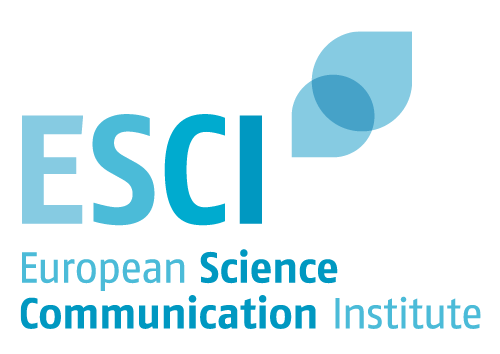Researchers usually work on complex topics that are light years away from non-technical audiences. At ESCI we are skilled in telling simple but engaging stories about complex research, and our journalists always look out for the right hooks to draw in target audience. However, even the best written article is doomed to fail if it isn’t shared or read by those we want to reach. Science writing doesn’t just involve crafting a compelling article, interview or story; it’s also about getting the publication strategy right.

Writing for the General Public
All our articles, interviews and accounts of scientific achievement have to be fit for purpose, and our science journalists pride themselves in upholding this principle. But what if the target is the “general public”? How do you reach this wishy-washy group of neighbours, colleagues and the best friend of my sister-in-law? We do this by carefully selecting the right platforms and websites to publish on.

Web Distribution & Monitoring
In the past five years, our science journalists have written countless articles that have been published by many popular science websites. These articles have then inspired other journalists of popular science magazines or newspapers, eventually reaching a substantial readership. This cascading strategy is essential to spreading the word. At ESCI we not only have much experience in doing this, but also in monitoring our success.

Science Stories for Children
Sometimes scientific research is particularly relevant for children – new findings on nutrition, for example. In such cases, we work closely with teachers’ organisations to provide educational material so that the national curricula can take on board new scientific findings. It’s often challenging, but we can draw on our strong sense of purpose and track record.

Informing Stakeholders
People with a vested interest in a project’s outcome represent a key target group for communication. These stakeholders could be policy makers, the European Commission, sponsors or potential investors. The way to approach them will depend on their interest and depth of knowledge in the field of research in question. We believe an informed stakeholder is a happy stakeholder. We therefore deploy all our tools – printed material, web and social media – to interact with stakeholders so that they can keep pace with your research and understand what your findings might mean for them.
